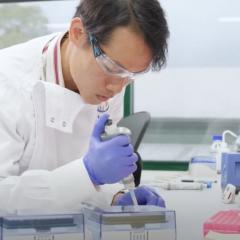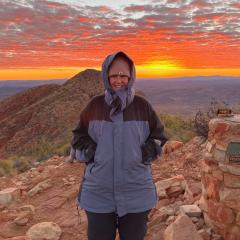The University of Queensland researchers have successfully restored wound healing in a model of diabetes paving the way for new treatments for chronic wounds.
Dr Mathieu Rodero from the UQ Centre for Clinical Research recently studied the behaviour of a group of white blood cells, called macrophages, during normal and defective wound healing.
Dr Rodero was able to prove different subpopulations of macrophages had different, and sometimes opposing effects on wound healing.
“Macrophages play a critical role in wound closure; however also cause the excessive inflammation, which results in defective wound healing,” Dr Rodero said.
Researchers found a macrophage subpopulation that was associated with the healing of the wound.
These specific cells were missing in a model of diabetic wounds that could not close.
An analysis of these subpopulations identified a group of “non-inflammatory” macrophages, which increased in proportion during normal wound healing, however was absent in delayed healing or chronic wounds.
“This is the first time that subpopulations of macrophages from a tissue have been analysed and compared with such scrutiny,” Dr Rodero said.
“We were able to clearly identify the role of macrophages in the inflammation and repair phases, and ultimately restore the balance between these two aspects by using anti-inflammatory strategies.”
Dr Rodero said an aging population, coupled with an increase in conditions such as diabetes or obesity, had seen the prevalence of chronic wounds increasing in recent years.
“Most of us are programmed to heal skin wounds promptly and avoid related complications,” Dr Rodero said.
Dr Rodero is part of a research team led by UQ's Associate Professor Kiarash Khosrotehrani who focuses on skin-wound healing.
Associate Professor Khosrotehrani said chronic wounds cost the Australian government $2.6 billion per year.
“For those who are more fragile, such as the elderly, this process can be inadequate, resulting in chronically open wounds,” Associate Professor Khosrotehrani said.
“Being able to modulate the inflammation to promote the healing of wounds is a novel and exciting prospect to improve our patients.”
The study will be published in the Journal of Investigative Dermatology today.
Media contact: Shannah O'Brien (Marketing Communications Officer (UQCCR), 07 3346 6041 or s.obrien13@uq.edu.au).
Breakthrough research discovery to help heal chronic wounds
14 Dec 2012



